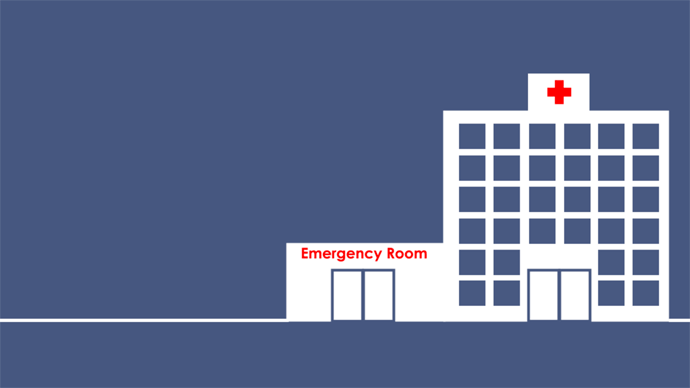
Overview
The Influenza Hospitalization Surveillance Network (FluSurv-NET) is a population-based surveillance system that collects data on laboratory-confirmed influenza-associated hospitalizations among children and adults through a network of acute-care hospitals in 14 states participating in the Emerging Infections Program (EIP) and is part of the Respiratory Virus Hospitalization Surveillance Network (RESP-NET). The purpose is to inform clinical and public health response and to estimate the national disease burden of influenza.
Tweets from CDC Flu
Tweets by @CDCFlu
Objectives
- Characterize the burden of and risk factors for laboratory-confirmed, influenza-associated hospitalizations in a timely manner
- Describe clinical and epidemiologic characteristics of hospitalized case-patients
- Conduct special studies (such as influenza vaccine effectiveness) using the surveillance catchment area as a platform
Case Definition
A case is defined by laboratory confirmed influenza in a person who:
- A resident of Alameda, Contra Costa or San Francisco counties
- Tests positive for influenza virus within 14 days before or during hospitalization.
Evidence of influenza infection can be obtained through several laboratory tests:
- Molecular assays, such as reverse transcription polymerase chain reaction (RT-PCR)
- Commercially available rapid antigen detection tests
- Viral culture
- immunofluorescence antibody staining (Direct [DFA] or indirect [IFA])
Active Surveillance
CEIP Surveillance Officers complete a standardized case report form (CRF) for a subset of cases hospitalized in the previous month, following CDC’s sampling guidance, to inform clinical and public health response. Information collected for each sampled case includes demographics, admission and discharge information and clinical course.

Geocoding and Linkage to Census Data
Case address at time of admission is geocoded for a sample of cases using standard software to determine the census tract of residence. The census tract is linked to US Census data to obtain socioeconomic indicators associated with the census tract. These data can be used to find associations between geographic location, socioeconomic indicators, and risk for hospitalization with influenza.
Death Ascertainment
Surveillance data are linked to state vital death data to determine whether a case-patient has died during hospitalization or within 60 days after discharge date.
Burden Estimate
The purpose of the Burden Estimation Project is to assess under-ascertainment of persons hospitalized with influenza, RSV, and COVID-19 from non-testing and under-reporting in order to adjust the number of confirmed cases reported in RESP-NET. These efforts will contribute to the seasonal multiplier model used to estimate the annual disease burden of influenza, COVID-19, and RSV cases, hospitalizations, and deaths. There are two primary objectives of the project:
- To determine the frequency of influenza, RSV, and SARS-CoV-2 testing and test types used to estimate multipliers to correct for the under-detection of influenza, RSV, and COVID-19-associated hospitalizations.
- To use multipliers to determine the annual burden of influenza-, RSV-, and COVID-19-associated hospitalizations and the burden averted through vaccination and clinical interventions.
Publications
Publications containing important public health findings derived from the surveillance data collected by the CEIP and the national FluSURV-Net sites can be found at the following link (bottom of webpage):
https://www.cdc.gov/flu/weekly/influenza-hospitalization-surveillance.htm
Contact
For questions about Influenza surveillance and projects, please contact:
Pam Daily Kirley, MPH
California Emerging Infections Program
RESP-NET Project Manager
respnet@ceip.us
